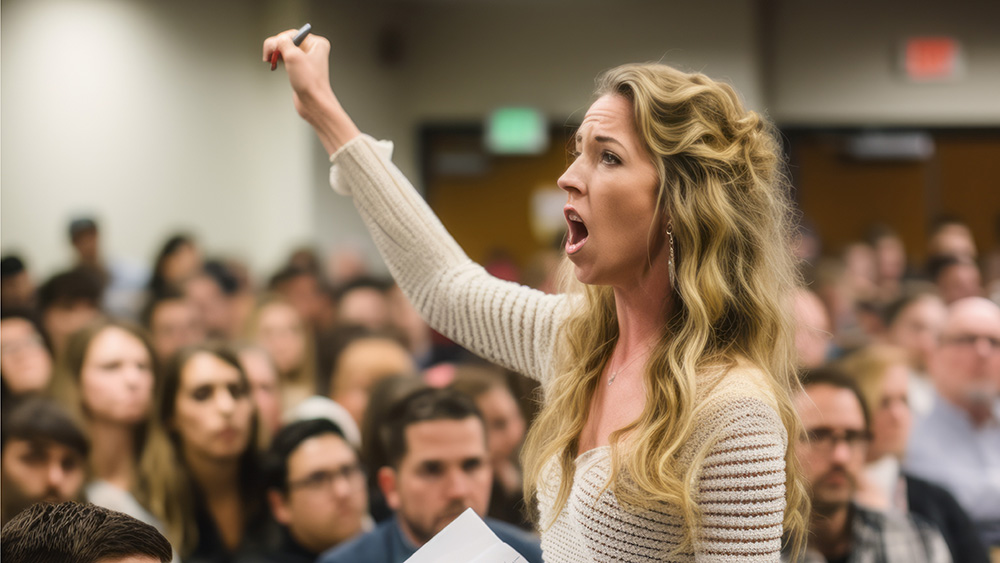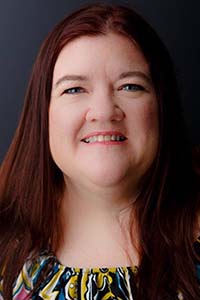
“Groups come together over shared values, but even then, people have different political and religious views and can get offended,” Paula Brantner said. The question for meeting organizers is “how to manage that in a meeting and draw the lines.” (Adobe Stock photo)
The work that Paula Brantner, founder of Accountability Ignited, does with organizers of academic and other conferences evolved, she said, from her work as an employment lawyer, representing clients who had been harassed or discriminated against. But the policies and systems that Brantner designed for her clients can work to defuse conflicts in virtually any industry or meeting setting, including when opposing political views spill over into events, Brantner told Digital Editor Magdalina Atanassova and Senior Editor Jennifer N. Dienst on a recent Convene podcast episode.

Paula Brantner
Brantner’s model, which includes a code of conduct “that is not cut and pasted from another organization, but customized to reflect the values of that organization,” and having an independent reporting system, works even when complaints don’t rise to the level of harassment or discrimination, she said. “Groups come together over shared values, but even then, people have different political and religious views and can get offended,” she said. The question for meeting organizers, she added, is “how to manage that in a meeting and draw the lines.”
As an example, Brantner recalled an instance at a scientific conference where a presenter displayed a slide reading “Free Palestine” that was visible to the session participants who arrived before the presentation began. The slide offended some in the audience, Brantner said, who reported it to the on-site team. “In this situation, we talked to people on both sides, including the presenter, who shared their views about why they felt it was important to include this.”
Brantner’s model also includes an accountability process, where organizations determine what happens next. Some groups may not take any action in a situation like the one Brantner described, but others could decide to make changes to the speaker guidelines to let presenters know what kind of content is not allowed and when. “It comes back to shared values,” Brantner said. “Groups feel differently about where that line is drawn.”
READ MORE
Barbara Palmer is deputy editor of Convene.
